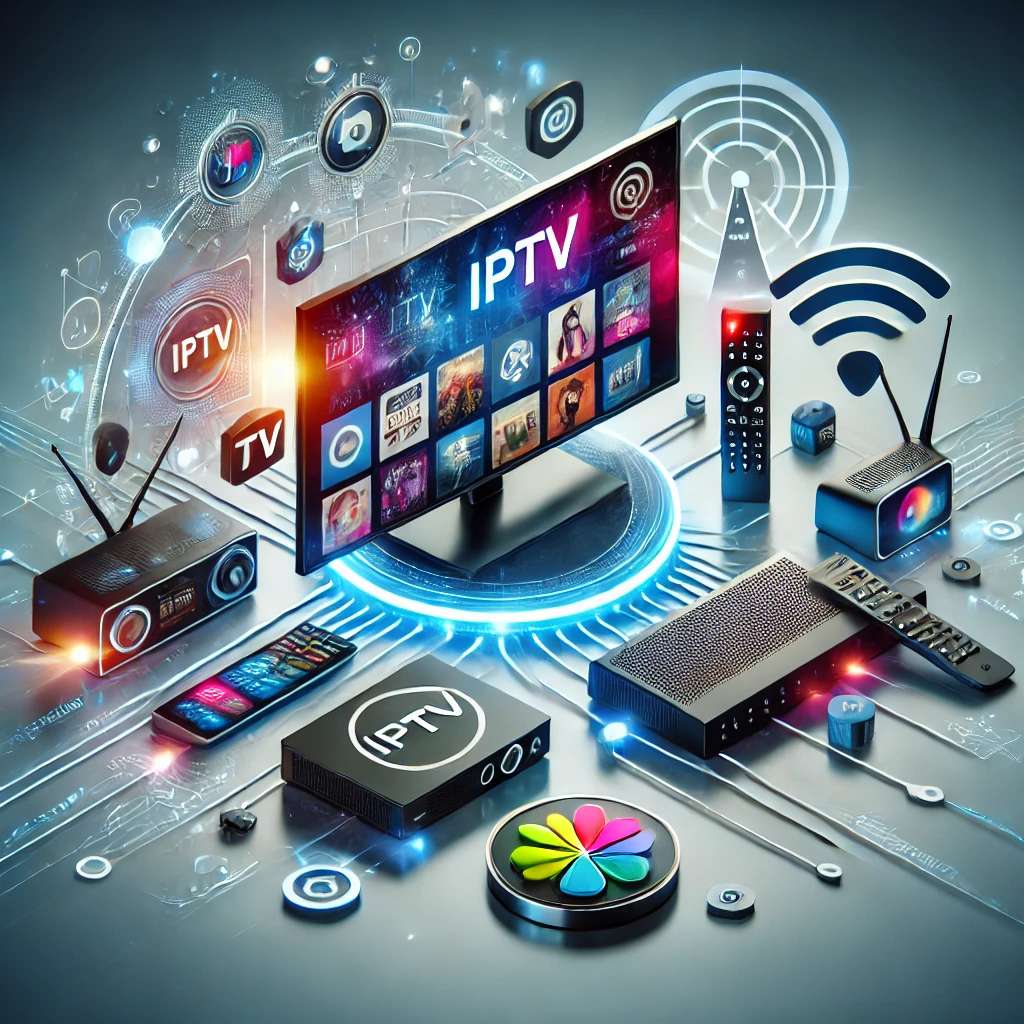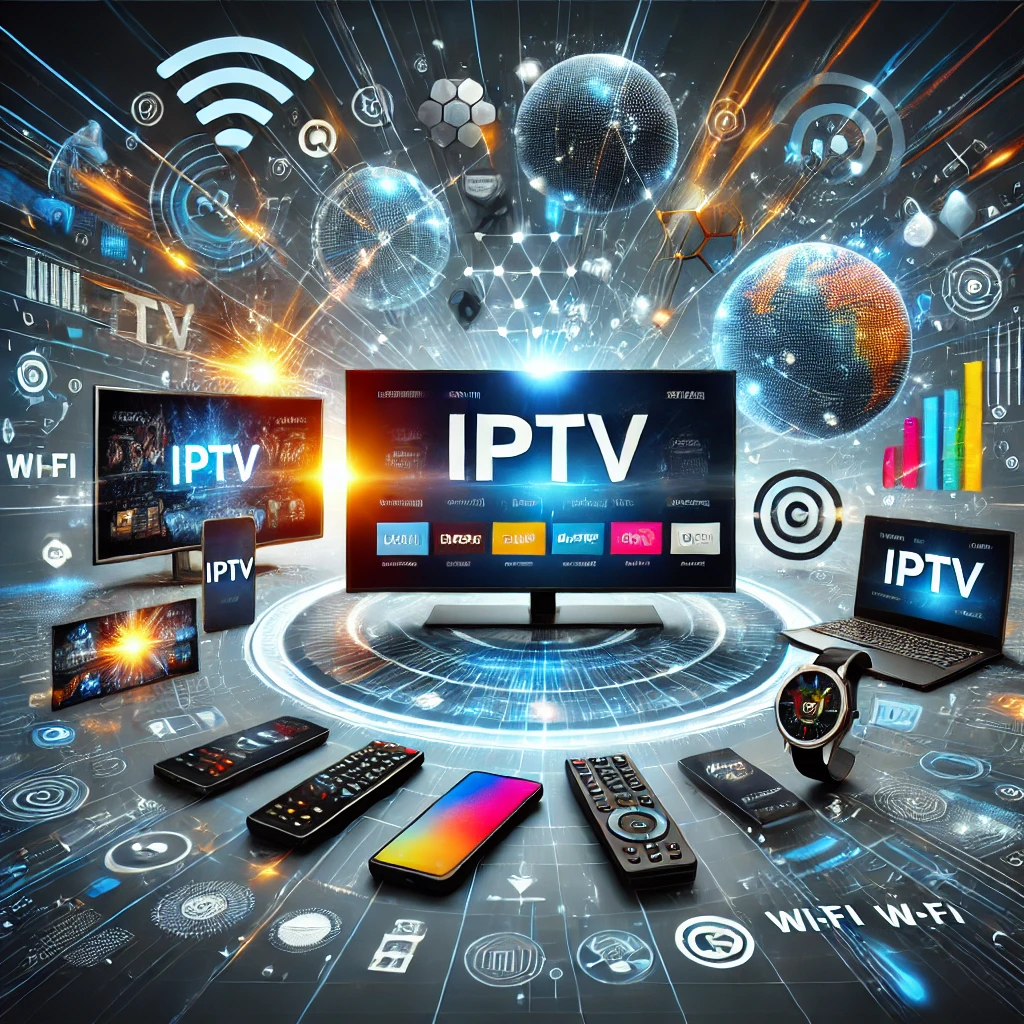The future of IPTV looks promising, with several trends and innovations on the horizon:1. Integration with AI and Machine Learning: AI and machine learning will play a significant role in personalizing content recommendations, optimizing streaming quality, and improving user interfaces.
What is IPTV? A Deep Dive into its History, Technology, and Future:
Explore the history, technology, and future of IPTV. Learn how it works and how it’s transforming the broadcast industry.
The Evolution of IPTVModern Enhancements and Technologies:
IPTV is continually evolving, incorporating new technologies and adapting to changing consumer demands. Some of the modern enhancements include.

How IPTV WorksTechnical and Engineering Overview:
At its core, IPTV uses Internet Protocol (IP) to deliver television content. Here’s a simplified breakdown of how it works:1. Content Acquisition: IPTV services acquire television content from various sources, including live TV broadcasts, on-demand videos, and other digital media.
Foundations Enabling IPTV:
Several key technologies and developments have enabled the rise of IPTV:1. Broadband Internet: The availability of high-speed internet connections has been fundamental to the development of IPTV. Broadband provides the necessary bandwidth to stream high-quality video content without significant buffering or latency issues.
What is IPTV? A Deep Dive into its History, Technology, and Future:
In the ever-evolving landscape of broadcast and digital media, Internet Protocol Television (IPTV) has emerged as a significant player. But what exactly is IPTV, and how did it come to be? Let’s delve into the history, technology, and future of IPTV, providing a comprehensive understanding of this transformative medium.
The History of IPTVOrigins and Evolution:
IPTV, or Internet Protocol Television, is a system where television services are delivered using the internet protocol suite over a packet-switched network such as the Internet. Unlike traditional terrestrial, satellite, and cable television formats, IPTV allows users to stream media continuously, which makes for a more flexible and user-controlled viewing experience.

Content Acquisition: IPTV services acquire television content from various sources, including live TV broadcasts, on-demand videos, and other digital media:
Encoding and Compression: The acquired content is encoded and compressed using codecs like H.264 or HEVC to reduce the file size while maintaining quality. This process ensures efficient transmission over the internet.
4K and HDR Content: As consumer demand for higher quality content grows, IPTV providers are offering more 4K and HDR content, requiring advancements in both streaming technology and infrastructure:
Cloud-Based Solutions: Cloud technology is increasingly being used for content storage, processing, and distribution, allowing for greater scalability and flexibility.4. Interactive TV: IPTV is enabling more interactive experiences, including video-on-demand (VOD), catch-up TV, and interactive advertisements, enhancing user engagement.
